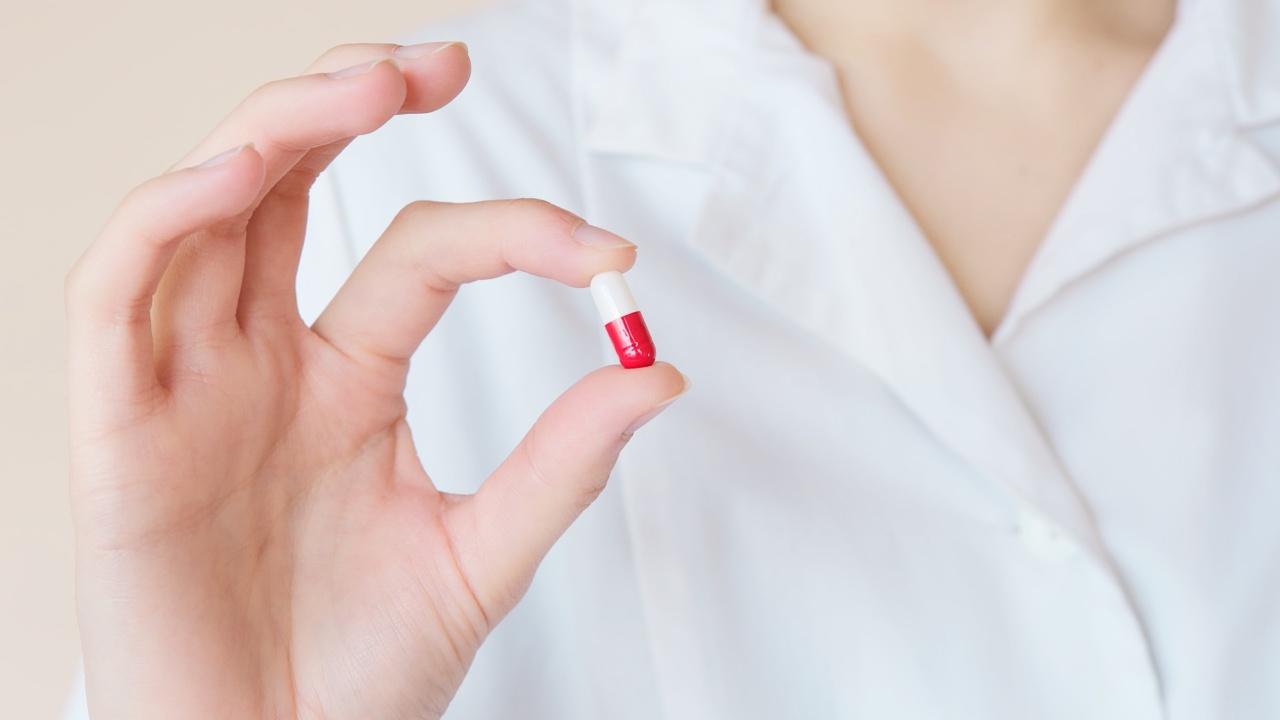In recent years, the rise of antibiotic-resistant bacteria has become a major global concern. Antibiotics, once hailed as the wonder drugs of modern medicine, are now losing their efficacy against certain infections.
This phenomenon, known as antibiotic resistance, poses a significant threat to public health and demands urgent attention. While scientists continue to search for new antibiotics, a potentially revolutionary remedy has emerged – an unusual combination of drinkable substances that could help eradicate antibiotic resistance.
The Rise of Antibiotic Resistance
Antibiotics have long been hailed as the cornerstone of modern medicine. They have saved millions of lives by effectively treating various bacterial infections.
However, the overuse and misuse of antibiotics have led to the emergence of antibiotic-resistant bacteria.
Antibiotic resistance occurs when bacteria evolve and develop mechanisms that render antibiotics ineffective against them. This occurs through genetic mutations or the acquisition of resistance genes from other bacteria.
Over time, these resistant bacteria can spread, causing infections that are difficult, and sometimes impossible, to treat.
This rise in antibiotic resistance has been fueled by multiple factors, including the overprescription and inappropriate use of antibiotics in humans and animals, poor infection control practices, and the widespread use of antibiotics in agriculture.
The consequences of this phenomenon cannot be overstated.
The Consequences of Antibiotic Resistance
The consequences of antibiotic resistance are far-reaching. It affects not only individuals who become infected with antibiotic-resistant bacteria but also society as a whole. Infections that were once easily treatable can now become life-threatening.
Routine surgeries, such as organ transplants and cesarean sections, become riskier due to the increased likelihood of post-operative infections.
Antibiotic resistance also has economic implications. Treating antibiotic-resistant infections consumes more healthcare resources and significantly increases healthcare costs.
Additionally, the loss of effective antibiotics could jeopardize various industries reliant on them, including agriculture and veterinary medicine.
The Revolutionary Remedy: Drinkable Antibacterial Substances
Amidst the concerning scenario of antibiotic resistance, a breakthrough remedy has emerged. Scientists and researchers have been studying an unconventional approach involving drinkable substances that target and combat antibiotic-resistant bacteria.
These drinkable substances are formulated with carefully selected compounds known for their antibacterial properties. They include natural ingredients such as herbal extracts, polyphenols, and plant-derived compounds.
These compounds have shown promise in laboratory studies for their ability to inhibit the growth and survival of antibiotic-resistant bacteria.
However, it is essential to note that these drinkable antibacterial substances are not intended to replace antibiotics or serve as a standalone treatment.
They are designed as adjuncts, complementing existing antibiotic therapies and providing an additional line of defense against antibiotic-resistant infections.
The Mechanisms of Action
The drinkable antibacterial substances work through various mechanisms to combat antibiotic resistance:.
1. Disruption of Bacterial Biofilms
Biofilms are communities of bacteria that form on surfaces, such as medical devices or wounds. They are known to contribute to antibiotic resistance by providing a protective environment for bacteria.
Drinkable antibacterial substances can disrupt these biofilms, rendering bacteria more susceptible to antibiotics.
2. Modulation of Bacterial Virulence
Some antibacterial compounds have the ability to modulate bacterial virulence, reducing the ability of bacteria to cause harm. By weakening the virulence of bacteria, these substances can enhance the effectiveness of antibiotics in treating infections.
3. Boosting Immune System Response
Drinkable antibacterial substances can also boost the immune system’s ability to fight infections. They may stimulate immune cells, enhance the production of antimicrobial peptides, or improve the overall immune response.
This can help optimize the body’s defense mechanisms against antibiotic-resistant bacteria.
4. Direct Antibacterial Activity
Many of the compounds present in the drinkable antibacterial substances have inherent antibacterial activity. They can directly target and kill antibiotic-resistant bacteria, inhibiting their growth and spread.
Studies and Clinical Trials
The use of drinkable antibacterial substances is still in its early stages, with most studies conducted in laboratory settings. However, promising results have been observed, warranting further investigation.
In a study published in the Journal of Antibiotics, researchers tested a drinkable antibacterial substance containing a combination of plant-derived compounds.
The substance demonstrated potent antibacterial activity against various antibiotic-resistant bacteria, including methicillin-resistant Staphylococcus aureus (MRSA) and Klebsiella pneumoniae. It also showed synergistic effects when used in combination with certain antibiotics.
Another study, conducted at a leading research institution, investigated the effectiveness of drinkable antibacterial substances in inhibiting biofilm formation.
The substances successfully disrupted biofilms formed by antibiotic-resistant strains of Pseudomonas aeruginosa and Escherichia coli, making the bacteria more susceptible to antibiotics.
While these preliminary studies show promise, it is crucial to conduct rigorous clinical trials to determine the safety and effectiveness of drinkable antibacterial substances in humans.
Regulatory bodies and research organizations are actively working to develop standardized protocols and guidelines for such trials.
The Future of Antibiotic Resistance Prevention
The emergence of drinkable antibacterial substances offers a glimmer of hope in the fight against antibiotic resistance. However, it is vital to acknowledge that eradicating antibiotic resistance requires a multifaceted approach.
Preventing the further spread of antibiotic-resistant bacteria relies on responsible antibiotic use, improved infection control practices, and enhanced surveillance systems.
Additionally, developing new antibiotics and alternative treatments remains a priority. The utilization of drinkable antibacterial substances is seen as a complementary strategy, rather than a standalone solution.
Conclusion
Antibiotic resistance poses a significant threat to global health, with the potential to reverse decades of progress in modern medicine.
The advent of drinkable antibacterial substances offers a potential breakthrough in the fight against antibiotic resistance. These substances, formulated with carefully selected compounds, have shown promise in targeting antibiotic-resistant bacteria through various mechanisms of action.
While further research and clinical trials are needed to validate their effectiveness in humans, the use of drinkable antibacterial substances represents a potentially revolutionary approach.
By complementing existing antibiotic therapies, these substances could help thwart the progression of antibiotic resistance and ensure a safer future for generations to come.





























